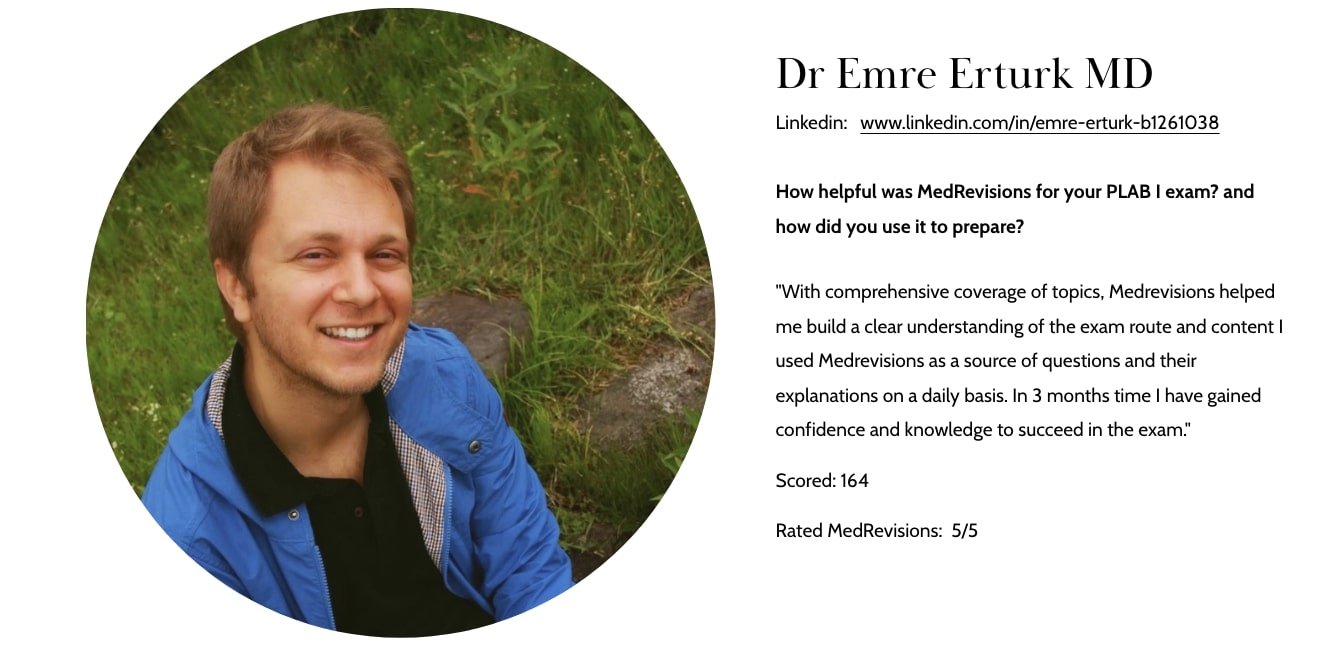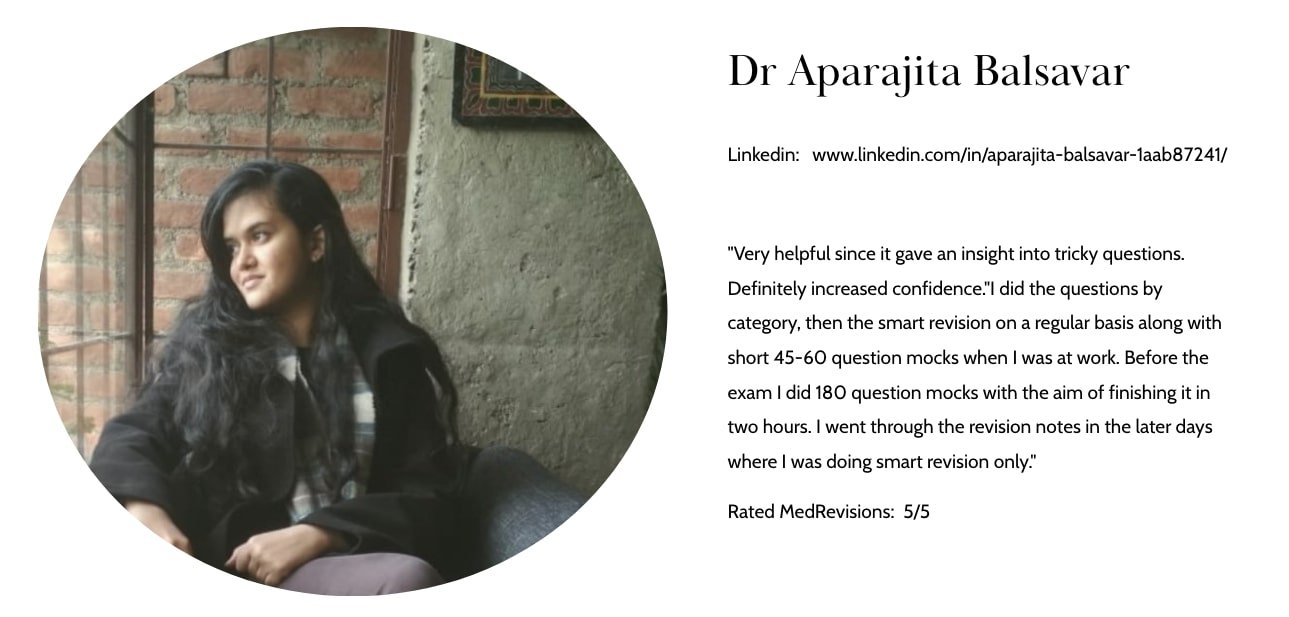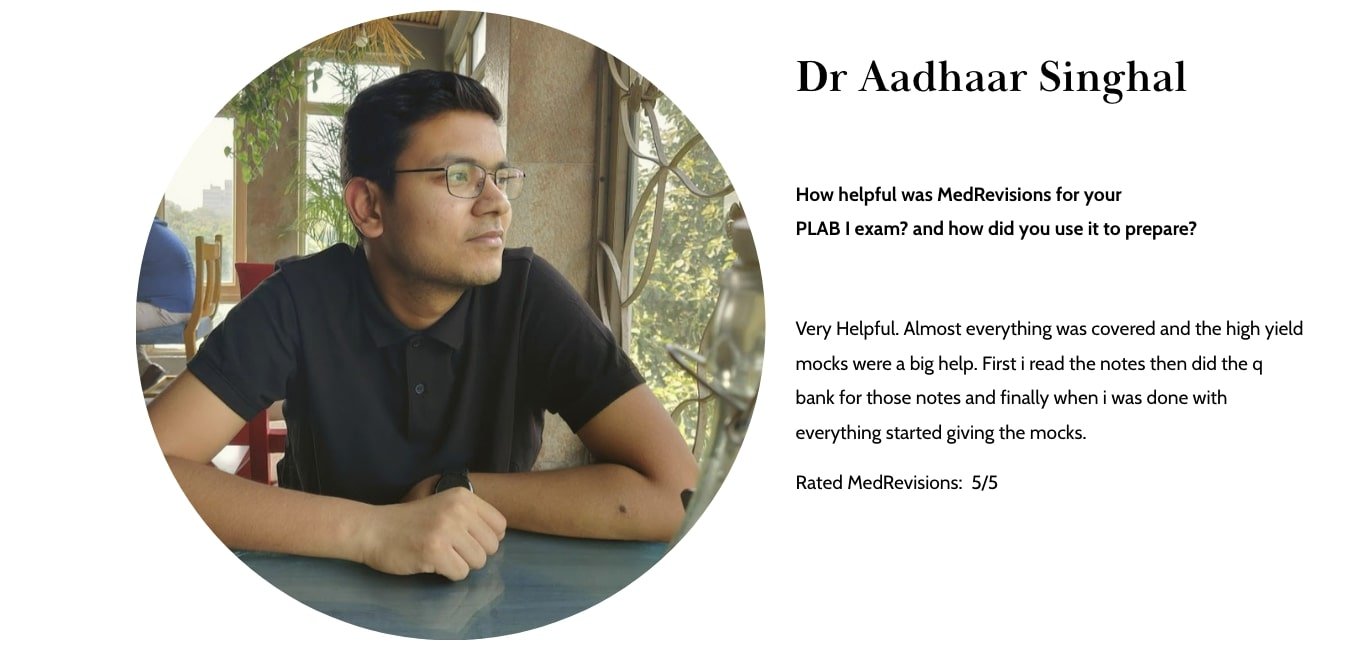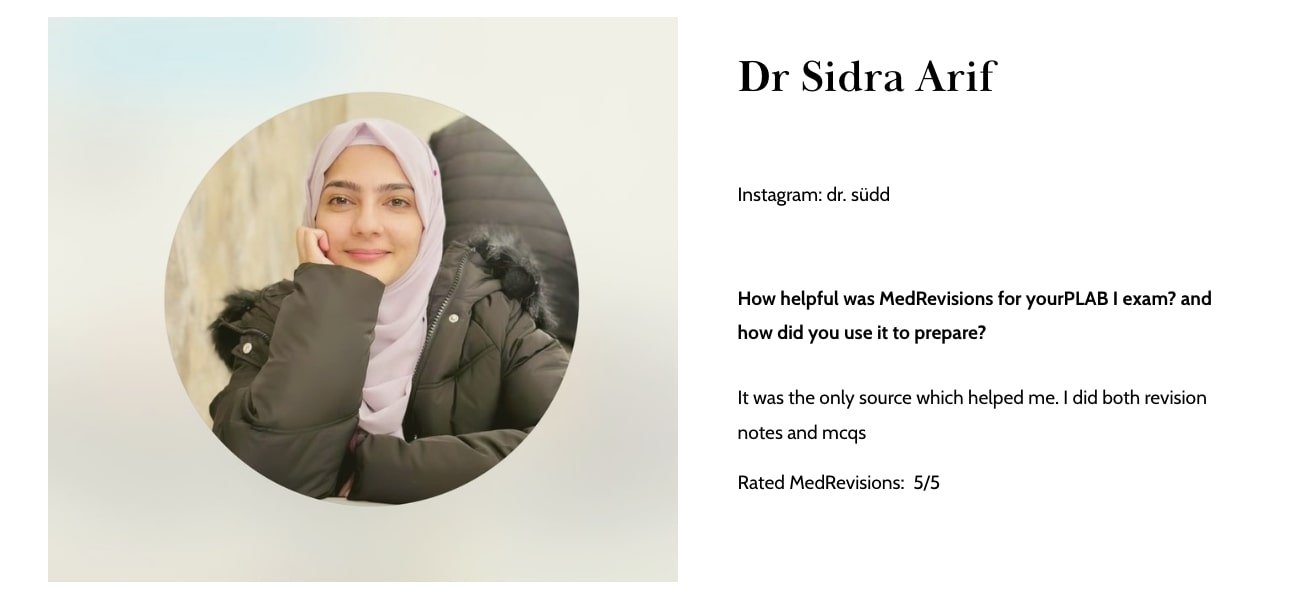Managing Pre-eclampsia – A High-Yield UKMLA/PLAB Scenario
Essential Insights for Medical Licensing Exams: Pre-eclampsia in Pregnancy
This article focuses on a critical question from the August 2024 PLAB 1 exam, highlighting the clinical recognition and management of pre-eclampsia. This condition tests your ability to differentiate between hypertensive disorders of pregnancy, a crucial skill for UKMLA, PLAB, and other medical exams.
PLAB 1 Exam Case Scenario: A 32-year-old woman, 28 weeks pregnant with her first child, presents with severe headaches, visual disturbances, and swelling of her hands and feet. Her blood pressure is 165/100 mmHg, and urinalysis shows 3+ protein. She has no significant past medical history. Which is the most likely diagnosis?
A. Gestational hypertension
B. Pre-eclampsia
C. Chronic hypertension
D. Eclampsia
E. Urinary tract infection
Answer with an explanation is provided below.
Our content is updated to align with the MLA content map
〰️
Our content is updated to align with the MLA content map 〰️
The best preparation material for the PLAB or UKMLA exam
Were MedRevisions.com materials enough to pass the First PLAB exam that was based of the MLA content map?: Visit here to see what this doctor had to say
Past PLAB 1 candidates reviews about MedRevisions verified with results
Follow us on telegram for more free questions
Exam preparation groups
Find the 10% discount referral links in the groups
More about the UKMLA or PLAB exam:
Important update to the PLAB exam: Is the PLAB exam based on the MLA content map from August 2024 onward? Find out more about the change and how to prepare for it here.
Evolving Nature of PLAB 1 Exam Questions: Is the exam getting tougher? A Closer Look with examples
What Past PLAB 1 candidates say about us (with exam results)
Explanation for the above PLAB / UKMLA exam question
Correct Answer: B) Pre-eclampsia
Explanation and Clinical Reasoning
Key Features of Pre-eclampsia
Pre-eclampsia is a multisystem disorder characterised by:
New-onset Hypertension:
Defined as BP ≥140/90 mmHg after 20 weeks gestation. Severe hypertension is defined as BP ≥160/110 mmHg.
Proteinuria:
Significant protein loss, indicated by ≥1+ on dipstick or ≥300 mg in a 24-hour urine collection.
End-Organ Symptoms:
Includes headache, visual disturbances, epigastric pain, or abnormal lab results (e.g., thrombocytopenia, elevated liver enzymes).
Oedema:
Although not diagnostic, swelling of hands and feet is common due to fluid retention.
Why Pre-eclampsia is the Most Likely Diagnosis
Hypertension and Proteinuria:
The patient’s BP of 165/100 mmHg and 3+ protein on urinalysis fulfil the diagnostic criteria.
Neurological Symptoms:
Severe headaches and visual disturbances indicate end-organ involvement.
Gestational Timing:
Symptoms after 20 weeks of gestation strongly suggest pre-eclampsia.
Why Other Options Are Less Likely
A) Gestational Hypertension:
Involves hypertension without proteinuria or systemic symptoms. The presence of proteinuria and neurological symptoms excludes this diagnosis.
C) Chronic Hypertension:
Diagnosed before pregnancy or before 20 weeks gestation. The patient has no history of hypertension, making this unlikely.
D) Eclampsia:
Defined as seizures in the presence of pre-eclampsia. While this patient has severe pre-eclampsia, there are no seizures.
E) Urinary Tract Infection:
UTIs may cause mild proteinuria but are unlikely to present with severe hypertension, neurological symptoms, or significant oedema.
Management and Follow-Up
Immediate Management:
Hospital Admission:
Admit for close monitoring of maternal and foetal health.
Blood Pressure Control:
Initiate antihypertensive therapy:
Labetalol: First-line agent in pregnancy.
Nifedipine: Alternative if labetalol is contraindicated.
Prevent Eclampsia:
Administer magnesium sulfate in cases of severe pre-eclampsia to reduce the risk of seizures.
Monitor Maternal and Foetal Well-Being:
Regularly assess for complications such as:
HELLP syndrome (Haemolysis, Elevated Liver enzymes, Low Platelets).
Foetal growth restriction or distress (via ultrasound and cardiotocography).
Definitive Treatment:
Delivery:
The only cure for pre-eclampsia.
Timing depends on:
Severity of the condition.
Gestational age.
Maternal and foetal status.
In this case, aim to prolong pregnancy if maternal and foetal conditions are stable, with frequent reassessment.
🎓 New Study Essential Mode For PLAB 1/UKMLA exam
For Focused, efficient, targeted learning for PLAB and UKMLA exam
This update gives you the freedom to prepare for your exam in a short time and cover the syllabus with around 1800+ questions and our updated notes. Then leverage the remaining 3000+ exam-style questions and solidify your concepts. Know how to use it from the link below and get access to the most updated and reliable exam-like materials. Learn more about the Study Essential Mode
This is a high-yield exam PLAB 1/ UKMLA question-style question. At MedRevisions, We provide questions and not only explain the correct answer, we also explain the wrong answer so you will have a comprehensive understanding of the concepts that is commonly tested in the exam. On top of that, we also provide you PLAB 1 / UKMLA exam curated notes with no additional cost.
To discuss to more PLAB or UK-MLA exam questions, Join: PLAB 1 /UKMLA exam study group
At MedRevisions, we strive hard to provide the most up-to-date content available for PLAB Part 1. We constantly add exam-style questions derived from the most recent exam and also update the content to align with the latest NICE/CKS guidelines to ensure doctors pass PLAB Part 1 or UKMLA exam with ease in ONE attempt.
Past PLAB 1 candidates reviews about MedRevisions
How to use MedRevisions effectively for the PLAB 1 exam/ UKMLA exam preparation
Previous PLAB 1 or UKMLA exam guideline update
All MedRevisions recent updates
What we provide:
✅ 5000+ exam style questions
✅ Perfectly tailored exam style notes
✅ 30+ exam mocks
✅ Spaced repetition learning tool






